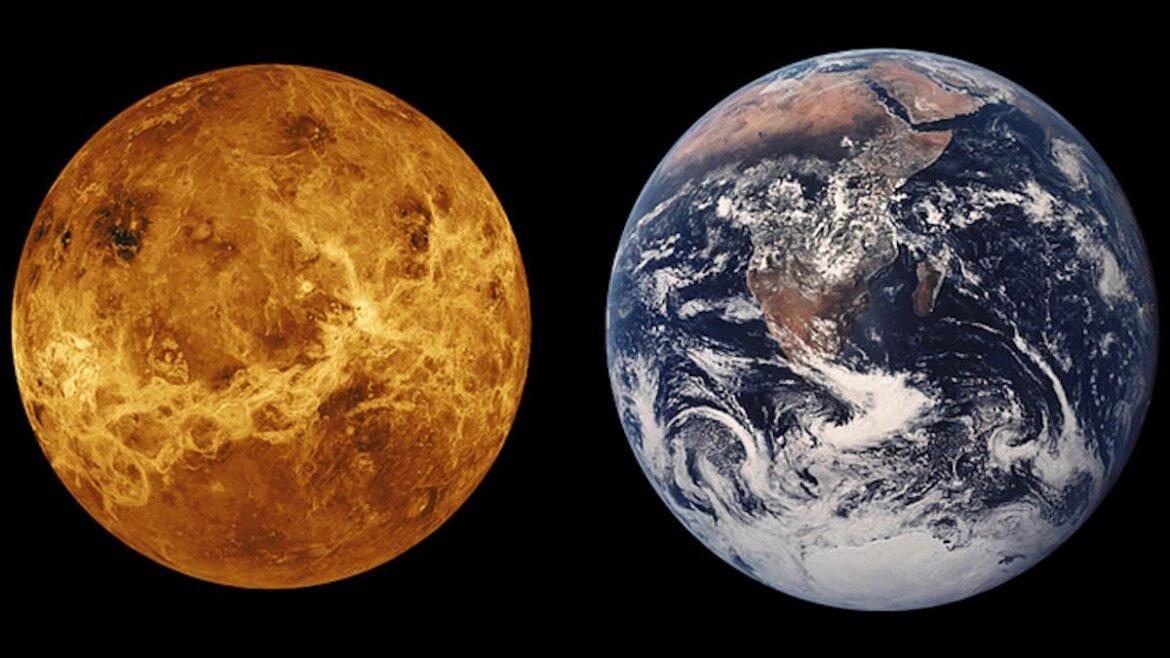Out of the four rocky planets in our Solar System, only Earth presently has plate tectonics. But billions of years ago, Venus had them, too.
When it comes to the worlds present in our Solar System, we need look no farther than our closest planetary neighbors to realize just how good we have it here on Earth. On Earth, we have stable, life-supporting conditions here on the surface, with a thin but stable atmosphere, liquid-water oceans and the right temperatures and pressures to support them, and active plate tectonics that gradually causes mountains, oceans, islands, and other continental and sub-ocean features to grow, shrink, and otherwise evolve. None of the other planets in our inner Solar System, as far as we know, possess any of these features.
While Mars is small, distant and cold and Mercury is scorchingly baked and atmosphere-free, Venus represents an interesting case of an alternative pathway for an Earth-sized planet. Although Venus is about the same physical size as Earth and only somewhat closer to the Sun, any Earth-like conditions once present on it have been left in the distant past. Today, Venus has a thick, cloud-rich atmosphere of dense greenhouse gases, with surface temperatures hot enough to melt lead and tremendous evidence for copious volcanic activity. Although it has no active, moving tectonic plates today, a new paper argues that Venus, like Earth, once possessed active plate tectonics. Here’s the compelling case for Venus’s early phase of plate tectonics.
There’s a lot we still don’t understand about plate tectonics, both on Earth and elsewhere in the Solar System. On Earth, we understand that our planet’s lithosphere — the combination of our crust and the mantle’s topmost layer — are fragmented into a series of plates, which in turn:
- collide,
- spread apart,
- uplift,
- and subduct,
among other behaviors, creating a rich diversity of surface features. These can including new…

